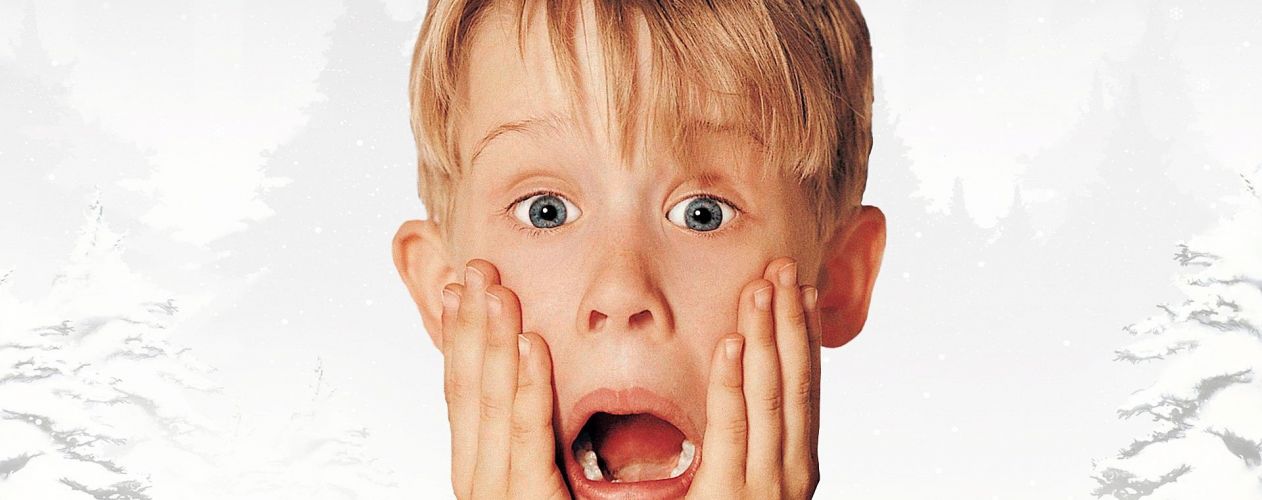1. Description of the different anxiety pathologies (90)
Temporary anxiety is normal. It becomes pathological when it impacts life. There are 5 types of disorders:
- Panic disorders : this is a persistent concern linked to the recurrent occurrence of unexpected panic attacks. A panic attack is a sudden surge of fear during which 4 symptoms persist: palpitations, sweating, trembling, choking, pain, chest or abdominal discomfort, nausea, dizziness, fear of dying, etc.
- Generalized anxiety disorders : excessive anxiety lasting at least 6 months, control of the difficult situation. Anxiety is characterized by at least 3 of these symptoms: agitation, fatigability, difficulty retaining memory, irritability, muscular tension, sleep disturbance, etc.
- Obsessive compulsive disorders (OCD): obsession is characterized by a recurring and persistent impulse considered undesirable. The patient attempts to ignore this thought by having a compulsion (a repetitive behavior or mental act that an individual feels driven to perform in response to an obsession).
- Post-traumatic stress disorder (PTSD): characterized by a high level of anxiety, intense fear, and an intense reaction, which appear following a traumatic event. Patients describe flashbacks of the trauma, trouble sleeping, and difficulty concentrating.
- Social phobia.
Anxiety disorders involve two brain structures: the amygdala manages fear and the cortico-striato-thalamo-cortical (CSTC) loop manages worry. Serotonin and GABA are the two main neurotransmitters involved in anxiety states. Serotonin is involved in many physiological roles: sleep-wake rhythms, impulsivity, appetite, pain, sexual behavior and anxiety. (91)
2. Studies on the anxiolytic effect of cannabidiol (CBD)
The first studies in 1970 studying the anxiolytic effect in animals claimed that CBD has an anxiolytic effect at low doses (2.5 to 10 mg/kg) which disappears at higher doses. This dose-response curve has recently been confirmed in humans. (92.93)
The anxiolytic effect of CBD was first studied in healthy volunteers. The researchers invited the subjects to give a speech in front of a video camera; anxiety-provoking situation for all subjects. They thus compared the effect of CBD (300 mg) to those produced by two anxiolytics: ipsapirone (5 mg) and diazepam (10 mg). The results suggest that ipsapirone and CBD exhibit anxiolytic properties, without causing sedation in healthy subjects subjected to a stressful situation. (94)
A Spanish study published in 2016 concludes that CBD improves serotonergic and glutamatergic cortical signaling through a 5-HT1A receptor-dependent mechanism. This would therefore be a new avenue in the treatment of anxiety and depression. (95)
Another study published in 2012 showed in mice that the sight of a predator (anxiogenic situation) increases the duration of expression of the 5-HT1A receptor gene in the hippocampus and the frontal cortex. Repeated administration of CBD prevents prolonged anxiogenic effects probably by facilitating the neurotransmission of 5-HT1A receptors. (96)`
3. Action of cannabidiol (CBD) on post-traumatic stress
In a 2016 study of a 10-year-old girl suffering from post-traumatic stress, CBD reduced anxiety and improved her sleep. (97)
One year later, the therapeutic potential of CBD is confirmed: in this study, in rodents as in humans, CBD facilitated the extinction of aversive memories and promoted significant improvements in the symptomatology of post-traumatic stress. . (98)
Quotes:
90. Social security. Understanding Anxiety Disorders (Severe Anxiety) | ameli.fr | Insured [Internet]. [cited Oct 30, 2020]. Available at: https://www.ameli.fr/bayonne/assure/sante/themes/troubles-anxieux-anxiete/comprendre- troubles-anxieux-anxiete
91. INSERM. The neurobiological bases of anxiety | Press room | Inserm [Internet]. [cited Oct 30, 2020]. Available at: https://presse.inserm.fr/les-bases-neurobiologique-de-lan-xiete-3/1479/
92. Linares IM, Zuardi AW, Pereira LC, Queiroz RH, Mechoulam R, Guimarães FS, et al. Cannabidiol presents an inverted U-shaped dose-response curve in a simulated public speaking test . Rev Bras Psiquiatr. 11 Oct 2018;41(1):9‐14.
93. Zuardi AW, Rodrigues NP, Silva AL, Bernardo SA, Hallak JEC, Guimarães FS, et al. Inverted U-Shaped Dose-Response Curve of the Anxiolytic Effect of Cannabidiol during Public Speaking in Real Life . Front Pharmacol [Internet]. May 11, 2017 [cited Oct 30, 2020];8. Available at: https://www.ncbi.nlm.nih.gov/pmc/articles/PMC5425583/
94. Zuardi AW, Cosme RA, Graeff FG, Guimarães FS. Effects of ipsapirone and cannabidiol on human experimental anxiety . J Psychopharmacol Oxf Engl. Jan 1993;7(1 Suppl):82‐8.
95. Linge R, Jiménez-Sánchez L, Campa L, Pilar-Cuéllar F, Vidal R, Pazos A, et al. Cannabidiol induces rapid-acting antidepressant-like effects and enhances cortical 5-HT/glutamate neurotransmission: role of 5-HT1A receptors. Neuropharmacology . Apr 2016;103:16‐26.
96. Campos AC, Ferreira FR, Guimarães FS. Cannabidiol blocks long-lasting behavioral consequences of predator threat stress: possible involvement of 5HT1A receptors. J Psychiatr Res. Nov 2012;46(11):1501‐10.
97. Shannon S, Opila-Lehman J. Effectiveness of Cannabidiol Oil for Pediatric Anxiety and Insomnia as Part of Posttraumatic Stress Disorder: A Case Report. Perm J [Internet]. 2016 [cited Oct 30, 2020];20(4). Available at: https://www.ncbi.nlm.nih.gov/pmc/articles/PMC5101100/
98. Bitencourt RM, Takahashi RN. Cannabidiol as a Therapeutic Alternative for Post-traumatic Stress Disorder: From Bench Research to Confirmation in Human Trials . Front Neurosci. 2018;12:502.v


